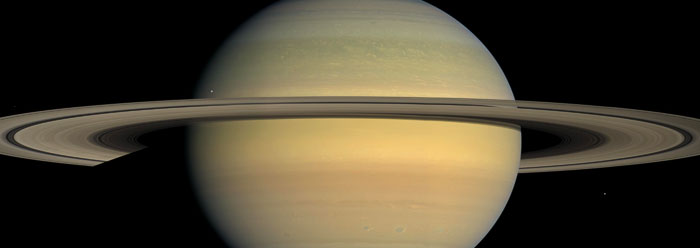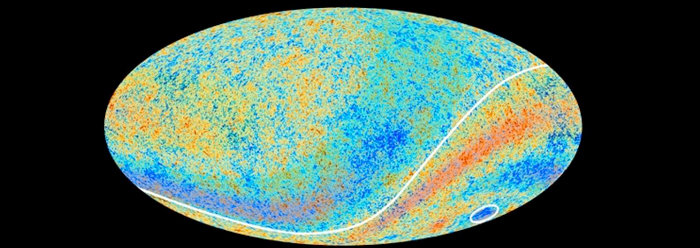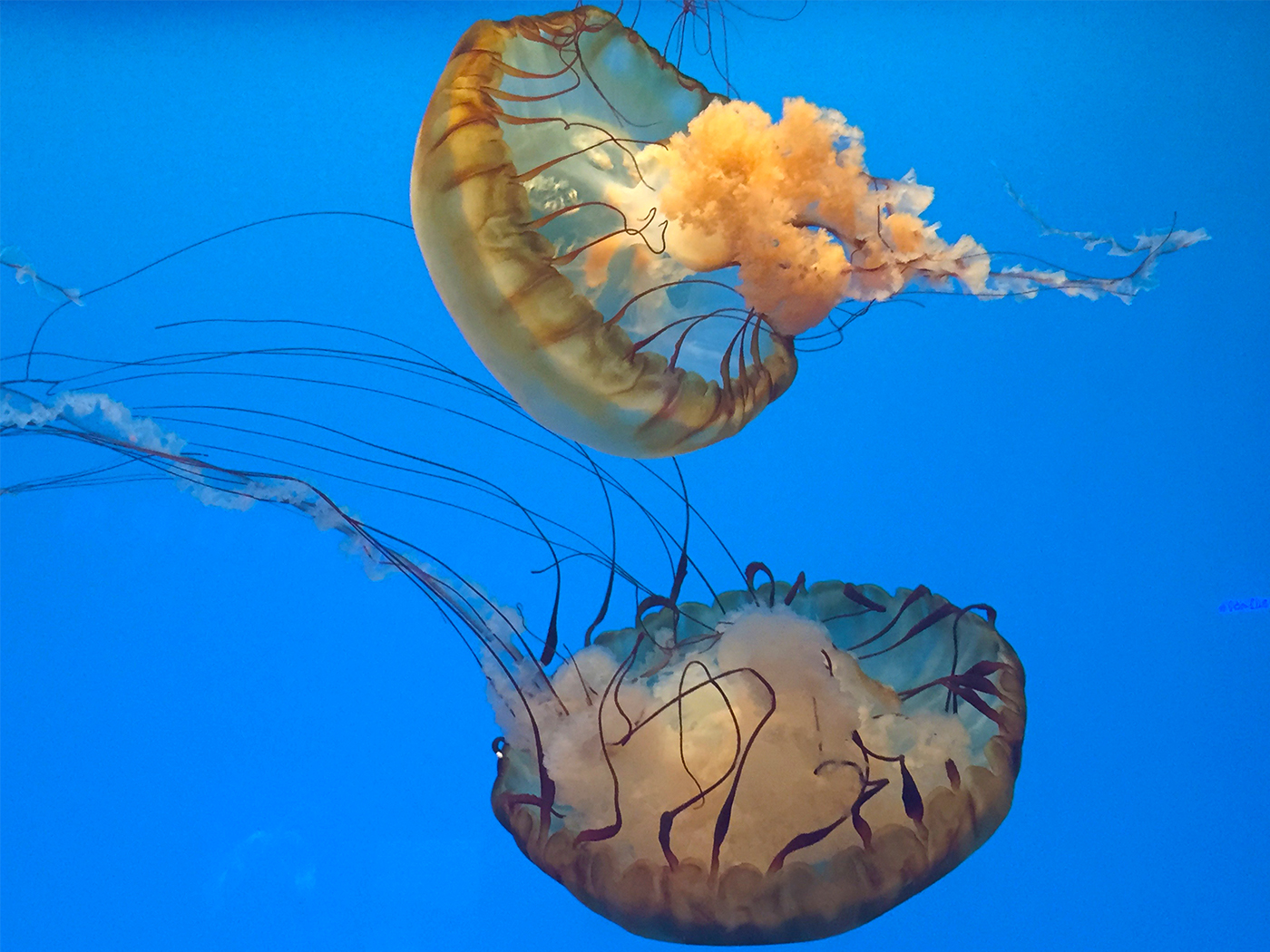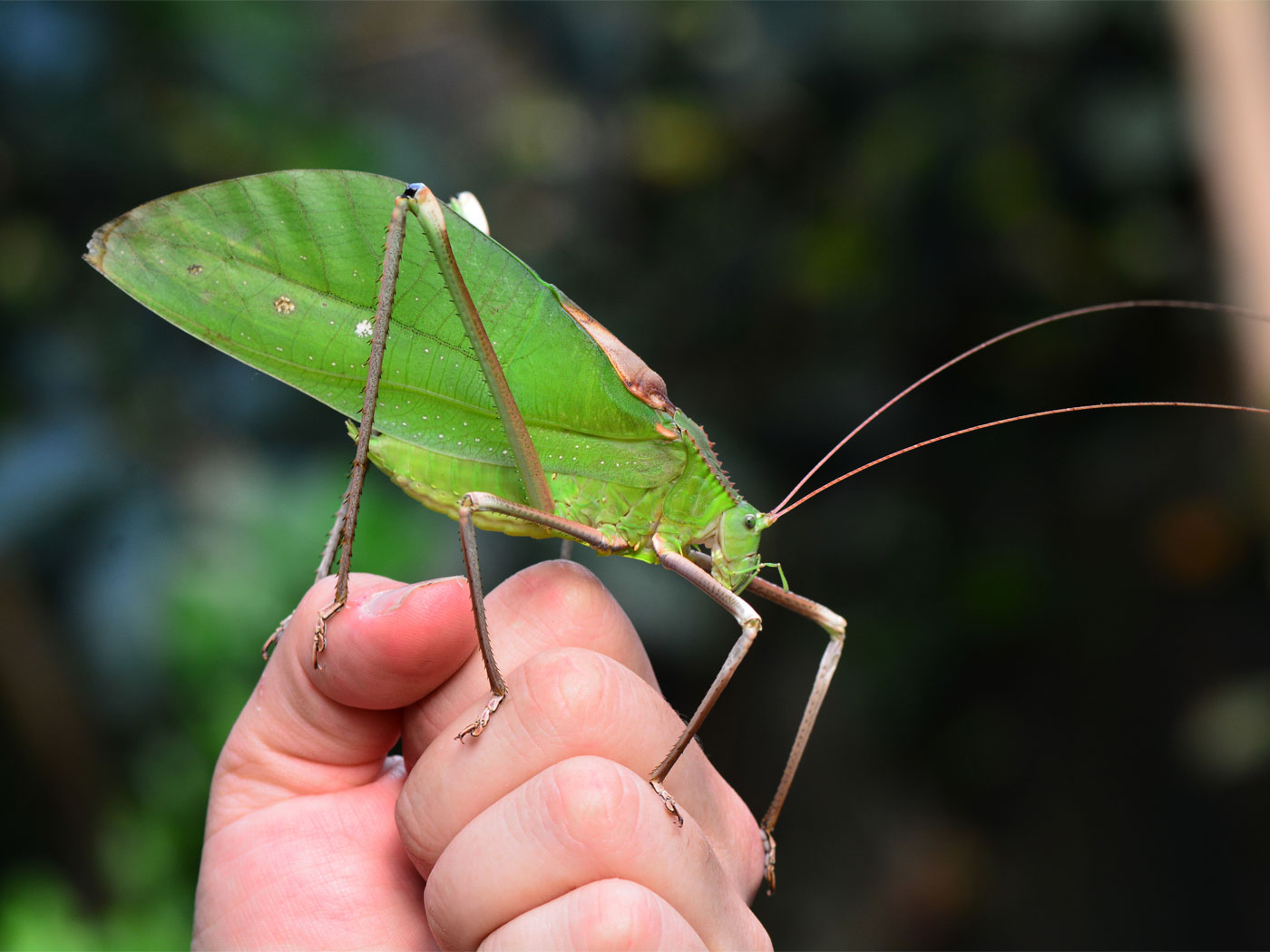NASA’s Cassini spacecraft has been on a mission to gather information on the structure and composition of Saturn, its rings, and its moons. Conventional cosmology holds that the planets of the solar system are billions of years old. But the more that scientists learn about Saturn’s systems, the more they uncover evidence of a young planet.
A history of mystery surrounds the youthful features of Saturn’s rings. Jeff Cuzzi, a planetary scientist at the NASA Ames Research Center, said in 2002, “After all this time we’re still not sure about the origin of Saturn’s rings….There’s a growing awareness that Saturn’s rings can't be so old.” Cuzzi said, “There are two reasons to believe the rings are young: First, they are bright and shiny like something new. It’s no joke.” Indeed, after millions of years, the icy rings should have collected so much space dust that they should be charcoal-colored by now. Second, after only a few million years, the little moons embedded among the rings should have “flung away. This is a young dynamical system.”1
In 2006, a NASA report presented another aspect of “The Age Problem.”2 The rings are spreading, and the rate of spread does not match the evolutionary ages assigned to Saturn. The report also indicated that Saturn’s moons have a short life expectancy, because they are being chipped away and churned up into debris so fast that their very presence is a mystery for evolutionary timescales.
Last year, computer simulations showed the possibility of ring particles clumping. If this is the case, the authors of the study argued, then the particles could be colliding, fragmenting, and re-clumping, thus maintaining a fresh look for millions of years. However, Mark Lewis of Trinity University in San Antonio cautioned that it is still not known how they really clump. “It isn't as straightforward as saying that high-density particles would lead to more clumping.” Jeff Cuzzi added that if the gravity difference indicated by the simulations was real, it would have propelled some of Saturn’s moons much farther out and certain rings would have comingled by now. Clearly, “the origin and age of Saturn’s rings has been a riddle for decades,” and its riddles remain to be deciphered.3
Another indicator of youth is that Enceladus, one of Saturn’s moons photographed on Cassini’s latest flyby, is spewing ice into space in a giant plume, like a water faucet with the handle stuck on. “The spray of icy particles from the surface jets collectively forms a towering plume three times taller than the width of Enceladus.”4 Evolutionary scientists do not have an explanation for why Enceladus still retains enough material to continue supplying the fountain, as well as enough energy to keep the pressure on. “What causes and controls the jets is a mystery.”5 Like Saturn’s rings, Enceladus shows no hint of being 4.5 billion years old, but instead appears remarkably young. There are also clear signs of youth on another of Saturn’s moon, Titan, which does not have the oceans of ethane or the myriad of craters that naturalistic models predicted.6
Though they may mystify evolutionary adherents, “The Age Problems” that Cassini’s photographs and other data are uncovering are not problems for creation thinking. The youthful features of Saturn and its rings are not puzzling at all, considering they were hung in the heavens about 6,000 years ago by the direct action of a Creator.
References
- The Real Lord of the Rings. Science @ NASA. Posted on nasa.gov February 12, 2002, accessed April 22, 2009.
- Colwell, J. Unraveling the Twists and Turns of Saturn’s Rings. NASA/JPL multimedia report. Cassini-Huygens Analysis and Results from the Mission (CHARM) Presentation, April 25, 2006, Slide 33.
- Cowen, R. Saturn’s rings may not be as young as they look. ScienceNews. Posted on sciencenews.org September 22, 2008, accessed April 28, 2009.
- About Saturn and Its Moons: Introduction. Cassini Equinox Mission. Posted on saturn.jpl.nasa.gov, accessed April 22, 2009.
- Enceladus Jets – Are They Wet or Just Wild? Cassini Equinox Mission News. Posted on saturn.jpl.nasa.gov November 26, 2008, accessed April 22, 2009.
- Coppedge, D. F. 2006. Titan vs. Billions of Years. Acts & Facts. 35 (8). Also, Coppedge, D. F. 2006. Enceladus: A Cold, Youthful Moon. Acts & Facts. 35 (11) and Coppedge, D. 2008. Iapetus: Youth in Black and White. Acts & Facts. 37 (6): 15.
Image Credit: NASA/JPL
* Mr. Thomas is Science Writer at the Institute for Creation Research.
Article posted on May 7, 2009.

























